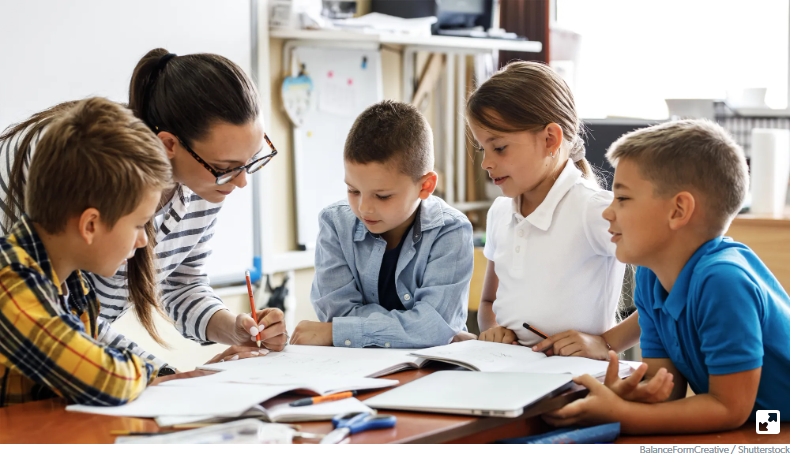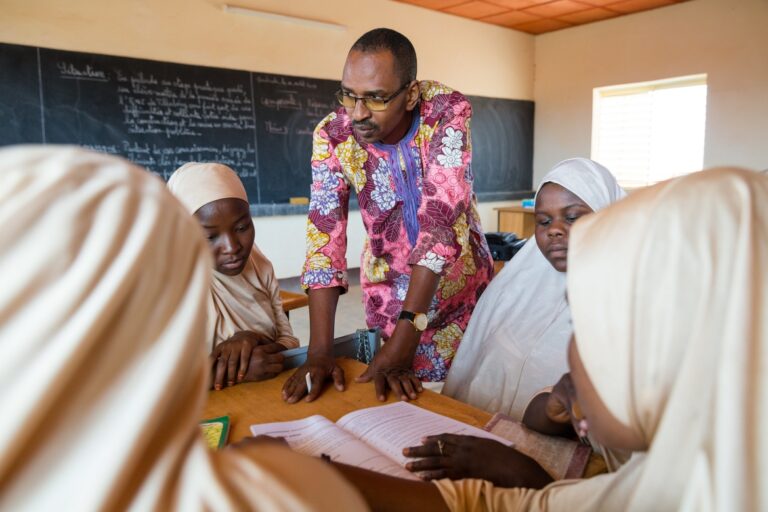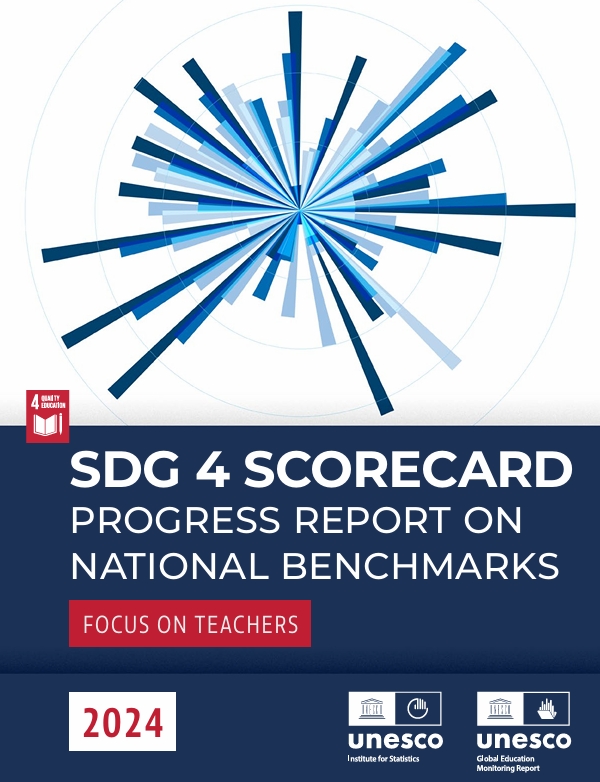Think of the first five minutes of your workday. Maybe you hit every green light on the way in, and one of your coworkers surprises you with coffee. Or instead, you hit every red light and spill your coffee as you get out of the car. These situations are vastly different and set up two very different types of days. We can have the same impact on our students within the first five minutes of their walking into our buildings.
Spending the first five minutes with our students, creating a positive, meaningful moment for them, greatly improves their overall experience. These initial positive interactions allow us as educators to check in with our students to see where they are emotionally, set a positive goal for the day that they can work toward, and model how to use positive self-talk. New elementary teachers in particular may find the following ideas helpful.
3 Ways to Start the Day Off Right
1. Emotions check. We use a version of the Zones of Regulation, a tool that helps students identify and express their emotions. Our students understand that their moods can be represented by colors. The colors allow them to describe how they’re feeling.
During this morning check-in, they have the chance to tell us where they fall on this spectrum. They can also tell us what happened in their morning so far to make them feel the way they do. If they’re having a tough morning, it gives them a chance to have their feelings heard and know that they are cared for.
The key here is to not let them just say they feel “good” or “bad.” They need to acknowledge why they might be feeling this way. This will allow them to process how they’re feeling and build their executive functioning skills to address these feelings.
This check-in also gives us a heads-up as to where each of our students is emotionally and allows us to prepare for behaviors that might be a result of a student’s morning before school started. And, it gives us time to alert the rest of this student’s team.
2. Goal setting. This time in the morning allows us to create a daily achievable goal with our students. These goals can be for behavior or academics. Having these goals gives the student a focus for the day and a reinforcer for us as teachers to remind them what they are working toward.
In our classroom, we use a token economy. When we see students working on or meeting personal goals, they earn tickets that are redeemable for prizes. These start out as extrinsic rewards that students can use to buy things they like, but as the year progresses, we transition from giving out tickets for positive behavior to using these as reinforcers for achieving their personal goals.
The idea here isn’t to give students toys for being good, but rather to use the prizes as tactile reinforcements as they work toward their goals. This gives the students something concrete to hold onto that reminds them that they are on their way to achieving the day’s goal. Just like with math, we start with concrete materials (the tokens) and then move toward abstract concepts (the goals).
Goal setting also gives our students the autonomy to self-evaluate their needs in the morning and use their executive functioning to create a plan to be successful that day. These small achievements start to add up over the year and make real personal growth.
3. Self-talk. This is a new skill I have been working on with my students that has turned into a favorite to teach. We practice self-talk in the morning in the form of positive self-affirmation statements: “I can do this. I am smart, strong, and selfless. I can do difficult things.” We started the year with a bank of them that the students said aloud as they left my classroom. As the year went on, we added them to our morning check-ins.
At first, the students seemed to think the statements were just a superficial way to end the check-in.
But as we introduced more difficult content, we embedded these self-talk statements into the lessons. We didn’t realize the impact that this would have until we started to hear some of our most negative students use their positive self-talk statements when they were working individually.
Slowly and gradually, their demeanor changed from automatically saying, “I can’t do this,” to “OK, I’ll try it.” This change in tone may seem insignificant, but for us, it felt like we had truly moved mountains.
The key is to find affirmations that are quick and simple to say, to give the students the autonomy to choose the one they like, and, most important, to make sure that they say it out loud. This allows them to listen, speak, and read the positive self-talk statement, embedding it into their daily thought processes.
We embedded these into our morning check-in that I used with a third-grade class every morning. As we got into the routine, the students looked forward to their first few minutes in class. It didn’t take long for other students whom I don’t work with as much to ask for this time.
Even though it was a short time each morning, it was highly beneficial for the students and for us as teachers. These small check-ins gave their gen-ed teacher and me a heads-up for the needs we might encounter that day. Maybe they didn’t sleep well last night, or they didn’t get to eat before school. Perhaps they were excited about a birthday or an upcoming trip. Whatever the case, these five minutes gave us valuable information that we used to better serve our students.






